Cats, those enigmatic creatures with whiskers that seem to twitch with mystery, often leave their owners guessing about their thoughts and feelings. Yet, understanding a cat is not as elusive as it might seem. By tuning into their subtle cues and behaviors, we can foster a deeper connection with our feline friends. Here are ten little things you can do to help your cat feel truly understood.
Reading the Tail Language
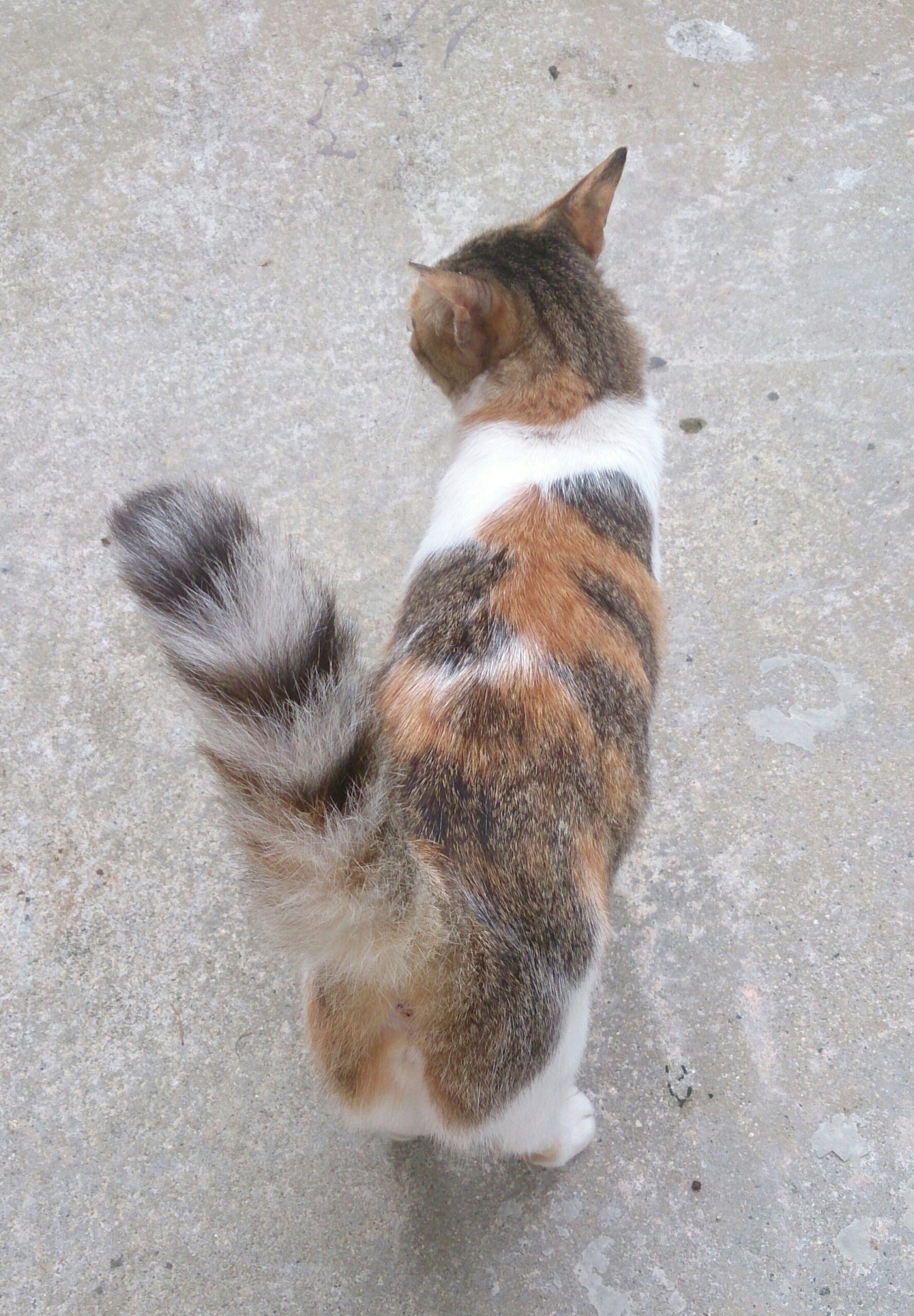
A cat’s tail is like a mood ring, providing insights into their emotional state. When a cat’s tail is upright with a slight curve at the tip, it generally signifies happiness or curiosity. Conversely, a puffed-up tail indicates fear or agitation. Observing these tail movements can help you gauge your cat’s feelings and respond accordingly. For instance, if their tail is swishing back and forth, it might mean they’re feeling playful or slightly irritated. By tuning into these signals, you can adjust your behavior to either engage in play or give them space, depending on their mood.
Understanding the Power of Purring
Purring is often associated with a cat’s contentment, but it can also signal other emotions or needs. Cats may purr when they’re relaxed, but they might also do so when they’re nervous or in pain. Listening to the context in which your cat purrs can help you decipher their needs. If your cat is purring while in a familiar environment and seems relaxed, it’s likely they’re happy. However, if they purr while hiding or during a vet visit, they may be trying to comfort themselves. Understanding these nuances allows you to provide the right kind of support or comfort to your furry friend.
Respecting Their Personal Space
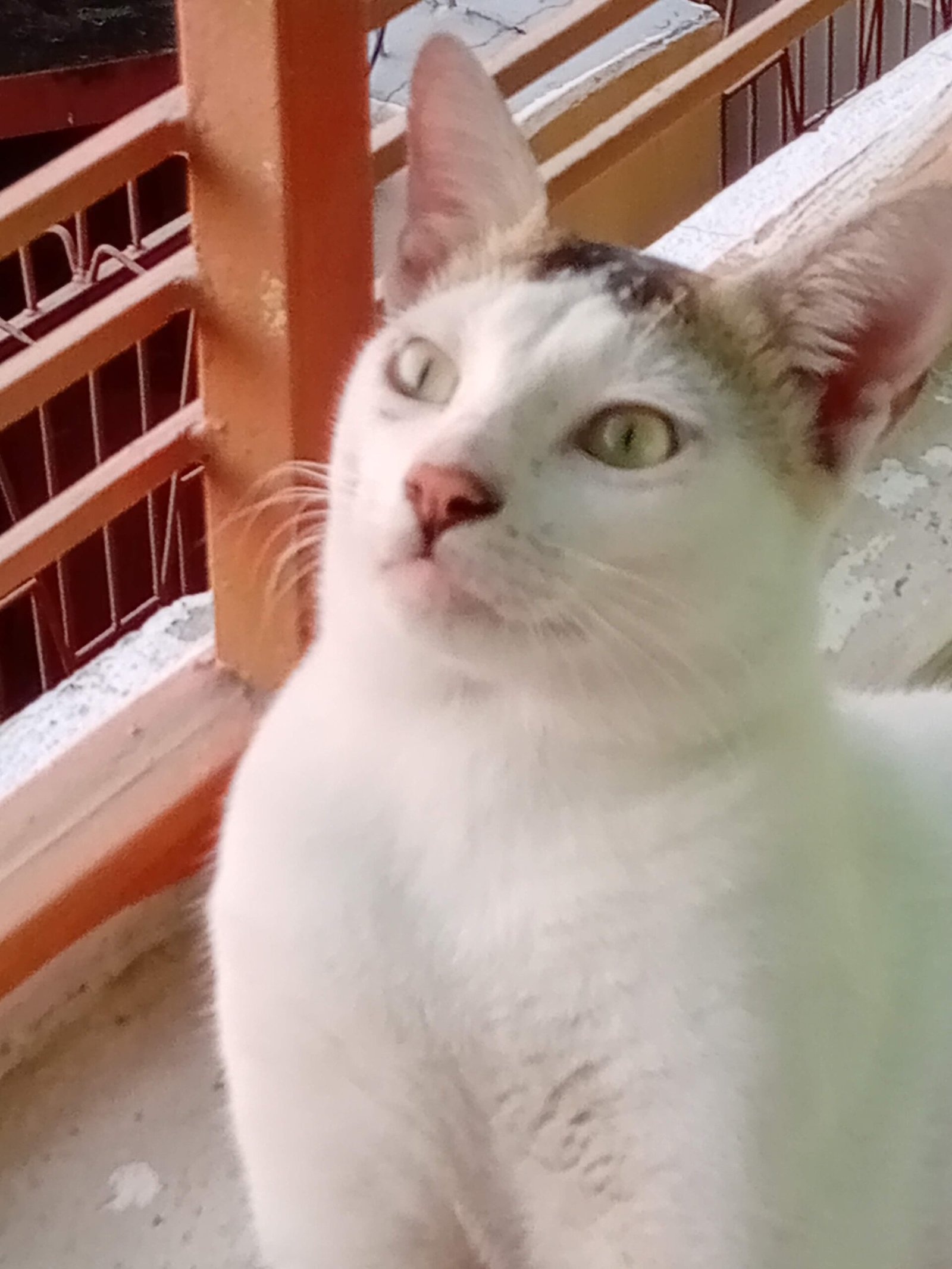
Cats are creatures of independence and often value their personal space. Recognizing when your cat needs solitude is crucial in ensuring they feel understood. If they retreat to a quiet corner or their favorite perch, it’s their way of indicating a need for alone time. Interrupting these moments can cause stress or anxiety. By respecting their space, you show your cat that you understand their need for solitude, which in turn fosters trust and a stronger bond.
Interpreting the Blink of an Eye
A slow blink from a cat is often described as a “cat kiss.” This gesture signifies trust and affection. When your cat gives you a slow blink, they’re expressing that they feel safe and comfortable in your presence. Responding with your own slow blink can reassure them that you reciprocate these feelings. This simple act of communication can strengthen the bond between you and your cat, making them feel understood and loved.
Listening to Their Vocalizations
Cats have a wide array of vocalizations, each conveying different messages. A gentle meow might be a greeting, while a demanding meow could indicate hunger or desire for attention. Hissing or growling, on the other hand, are clear signs of distress or irritation. By paying attention to the tone, pitch, and frequency of your cat’s vocalizations, you can better understand their needs and emotions. Responding appropriately to their calls can reassure your cat that their voice is heard and valued.
Observing Their Grooming Habits
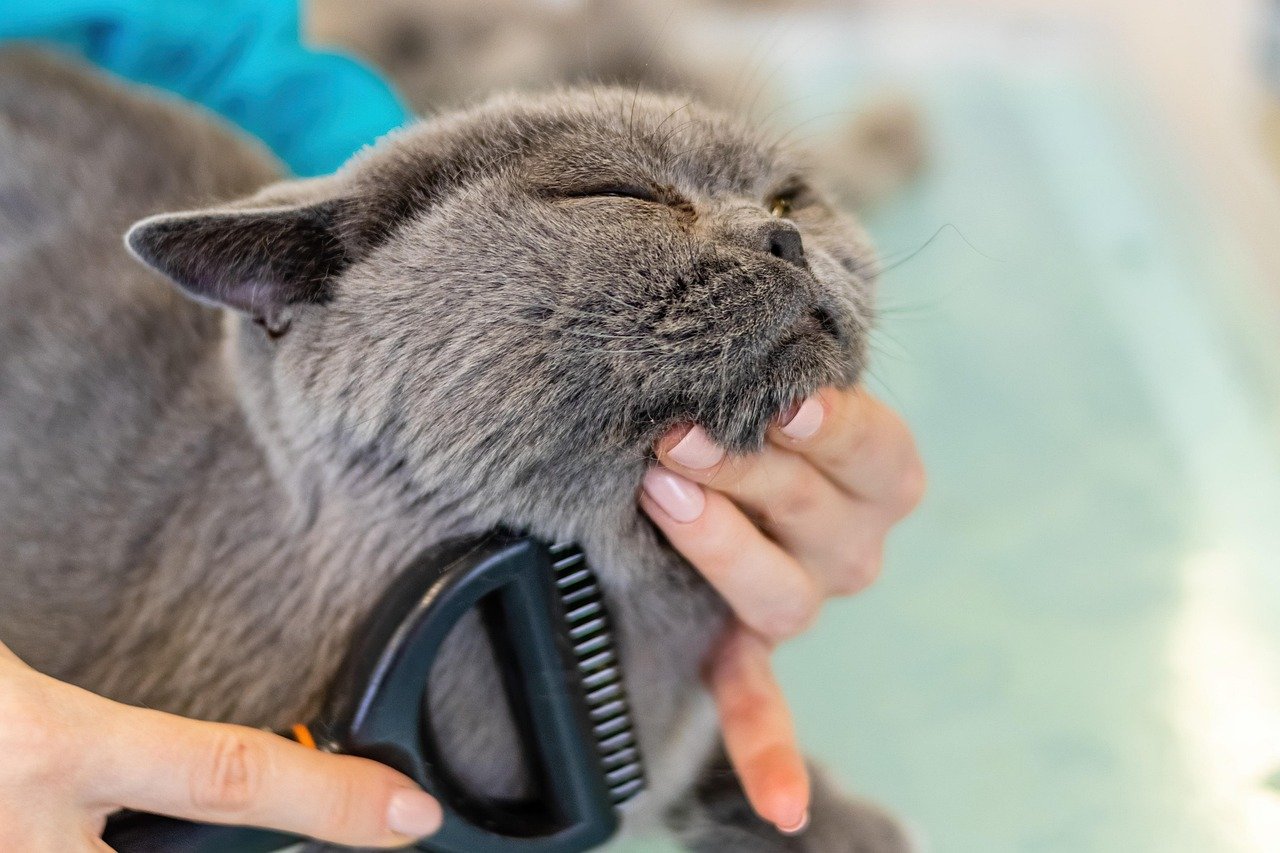
Grooming is more than just a hygiene routine for cats; it’s a way for them to relax and de-stress. However, excessive grooming can be a sign of anxiety or a medical issue. Watching for changes in their grooming habits can provide insights into their well-being. If your cat suddenly starts grooming less or more than usual, it might be time to investigate further. Addressing any underlying issues can help your cat feel more comfortable and understood.
Providing a Safe Environment
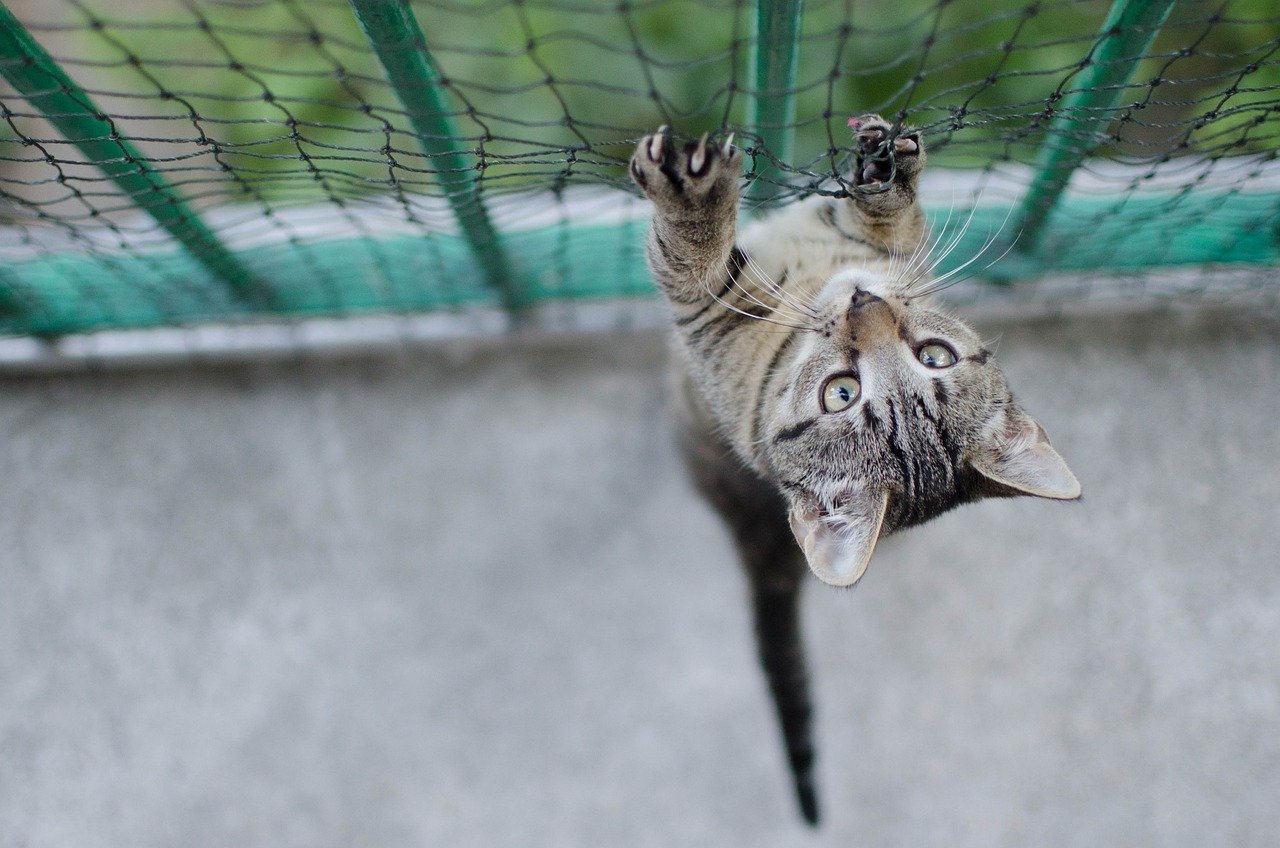
A safe and secure environment is paramount for a cat’s well-being. Cats need spaces where they can retreat and feel safe from potential threats. Providing cozy hideaways, high perches, and quiet corners can help your cat feel secure. Observing where your cat chooses to spend most of their time can give you clues about their preferences. By ensuring these areas are accessible and comfortable, you demonstrate your understanding of their need for security.
Engaging in Interactive Play
Playtime is crucial for a cat’s mental and physical health. Engaging in interactive play with toys like feather wands or laser pointers can help strengthen your bond with your cat. It allows them to express their natural hunting instincts and burn off energy. Observing which toys your cat prefers can guide you in selecting the right play activities. Regular play sessions not only keep your cat fit but also show them that you understand their need for stimulation and fun.
Recognizing Body Language
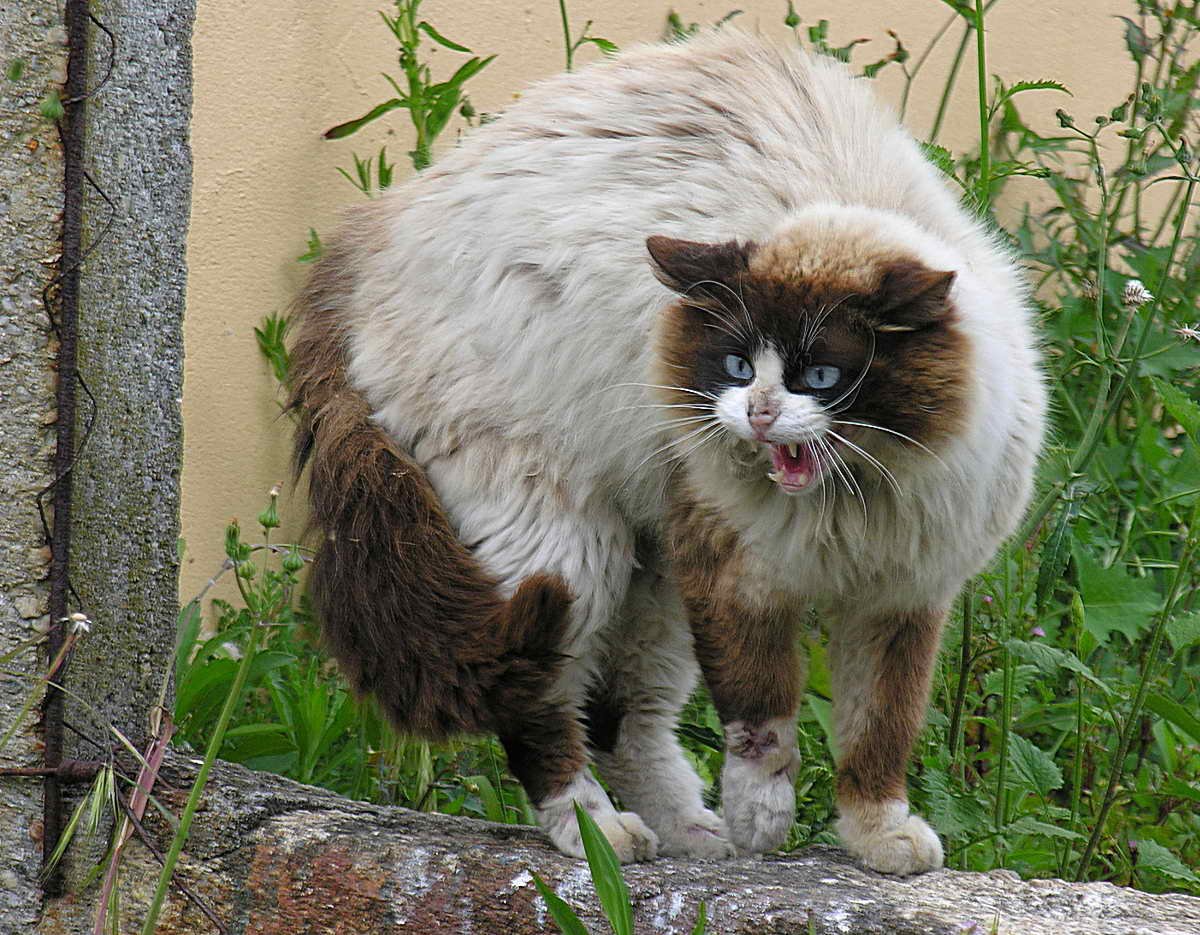
Cats communicate a lot through their body language. Ears pinned back might indicate fear or aggression, while a relaxed body posture suggests contentment. Paying attention to these signals can help you interpret your cat’s feelings. For example, if your cat is crouched low with dilated pupils, they might be feeling threatened. By recognizing these cues, you can adjust your behavior to make them feel more comfortable and understood.
Offering Consistent Routines
Cats thrive on routine and predictability. Regular feeding times, play sessions, and bedtime routines can provide a sense of security. Sudden changes in their schedule can cause stress or anxiety. By maintaining a consistent routine, you show your cat that you understand their need for stability. This reliability helps your cat feel more relaxed and secure in their environment.
In conclusion, understanding your cat is about tuning into their unique ways of communication. By paying attention to their behaviors, vocalizations, and body language, you can build a stronger bond and ensure your feline friend feels truly understood.
Hi, I’m Bola, a passionate writer and creative strategist with a knack for crafting compelling content that educates, inspires, and connects. Over the years, I’ve honed my skills across various writing fields, including content creation, copywriting, online course development, and video scriptwriting.
When I’m not at my desk, you’ll find me exploring new ideas, reading books, or brainstorming creative ways to solve challenges. I believe that words have the power to transform, and I’m here to help you leverage that power for success.
Thanks for stopping by, Keep coming to this website to checkout new articles form me. You’d always love it!






